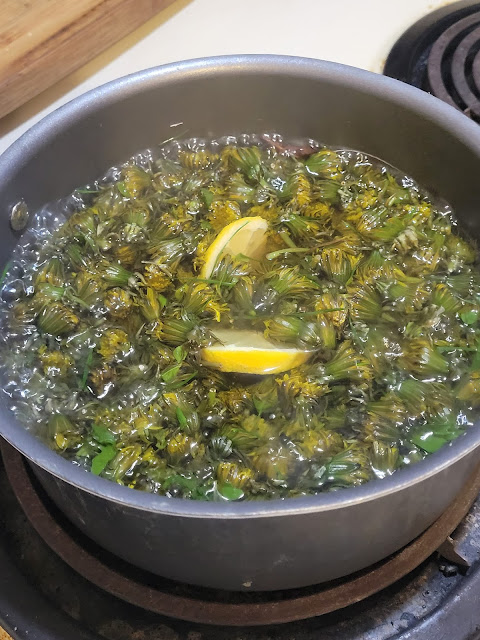Preserving Abundance: The Art of Canning Milk for Long-Term Storage
When life hands you an abundance of milk, it's time to get creative and find ways to preserve and extend its shelf life.
In this article, we delve into the journey of an individual who found themselves with an overwhelming three gallons of milk. Realizing that consuming it all before it spoiled was an impossible task, they turned to the art of canning to transform the surplus milk into a pantry staple. Join us as we explore the process of canning milk, unlocking its potential for long-term storage and ensuring it remains fresh and ready for use whenever the need arises.
Recipe: Canned Milk
Ingredients:
- - 3 gallons of milk (whole milk is recommended for canning)
Tools and Equipment:
- - Canning jars with lids and bands
- - Pressure canner or pressure cooker
- - Jar lifter
- - Funnel
- - Clean cloth or paper towel
Instructions:
1. Preparing the Canning Jars:
- Wash the canning jars, lids, and bands in hot, soapy water. Rinse them thoroughly.
- Place the jars in a large pot filled with water and bring it to a simmer. Keep the jars simmering until you're ready to fill them.
2. Heating the Milk:
- Pour the milk into a large pot or saucepan.
- Heat the milk over medium-low heat, stirring occasionally to prevent scorching, until it reaches a temperature of 180°F (82°C).
- Hold the milk at this temperature for 5 minutes, ensuring proper pasteurization.
3. Filling the Jars:
- Remove a jar from the simmering water using a jar lifter, and place it on a clean cloth or paper towel.
- Using a funnel, carefully pour the hot milk into the jar, leaving about 1/2 inch of headspace at the top.
- Wipe the jar rim with a clean cloth or paper towel to remove any milk residue.
- Place a lid on the jar and screw on the band until it is fingertip tight. Repeat this process with the remaining jars.
4. Canning the Milk:
- Fill the pressure canner or pressure cooker with the recommended amount of water according to the manufacturer's instructions.
- Place the filled jars into the canner, ensuring they are not touching each other.
- Secure the lid of the canner and follow the manufacturer's instructions to bring it up to the appropriate pressure.
- Process the jars at the recommended pressure and time for canning milk. This can vary, so consult your pressure canner manual or trusted canning resources for specific guidelines.
5. Cooling and Storage:
- Once the processing time is complete, turn off the heat and allow the pressure canner to depressurize naturally.
- Carefully remove the jars from the canner using a jar lifter and place them on a towel-lined countertop.
- Let the jars cool completely. As they cool, you may hear the lids make a popping sound, indicating a successful seal.
- Label the jars with the date and store them in a cool, dark pantry or cupboard until needed.
When faced with an overwhelming amount of milk, canning becomes a valuable preservation method to ensure none of this precious resource goes to waste.
By following the steps outlined above, you can safely can excess milk, transforming it into a pantry staple that will remain shelf-stable for an extended period. Whether you use it for baking, cooking, or as a backup for emergencies, canned milk provides a convenient solution to managing surplus dairy. Embrace the art of canning and unlock the potential of preserving your favorite milk for future use, ensuring that no milk goes unused or spoiled.





















Comments